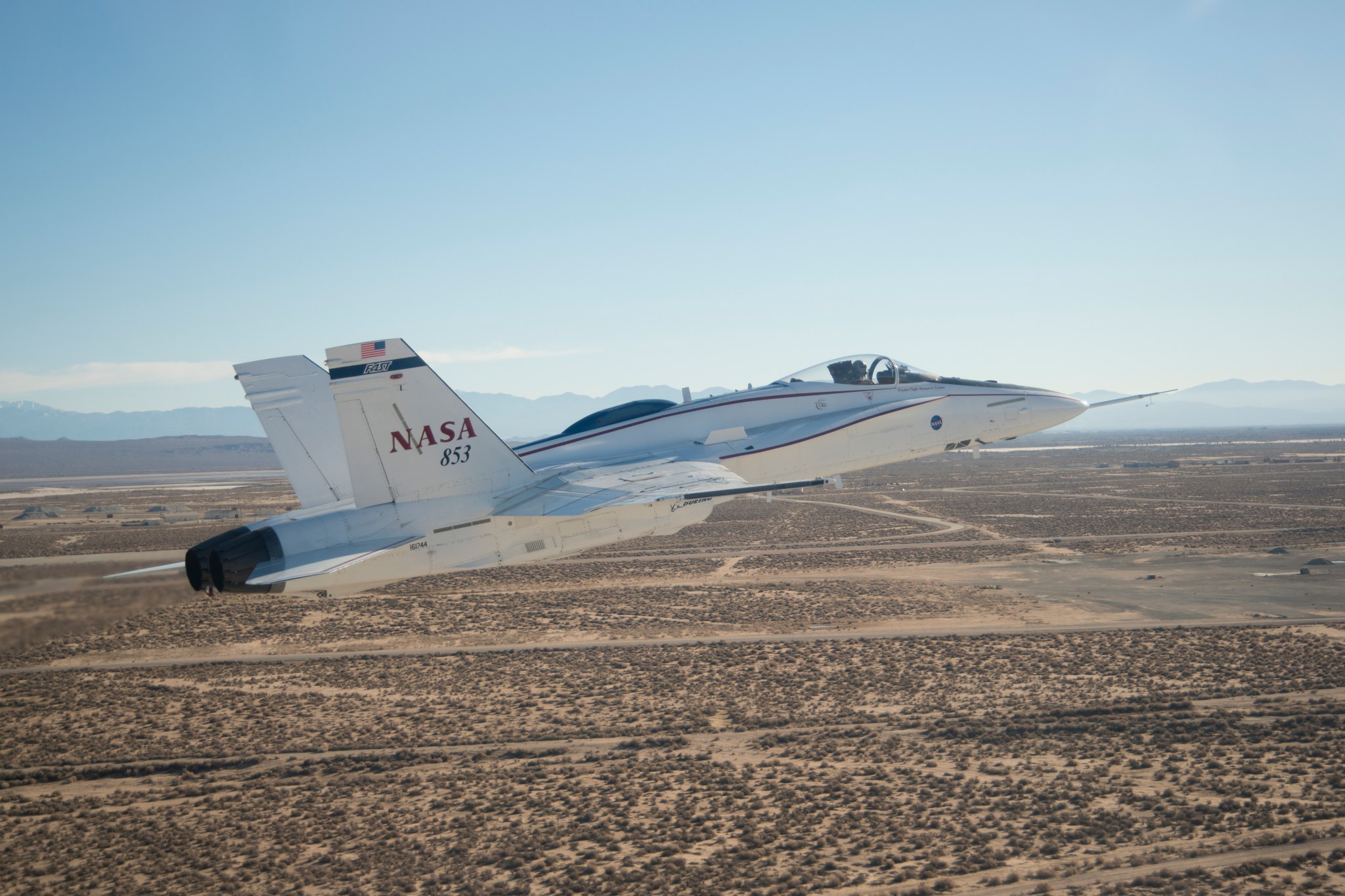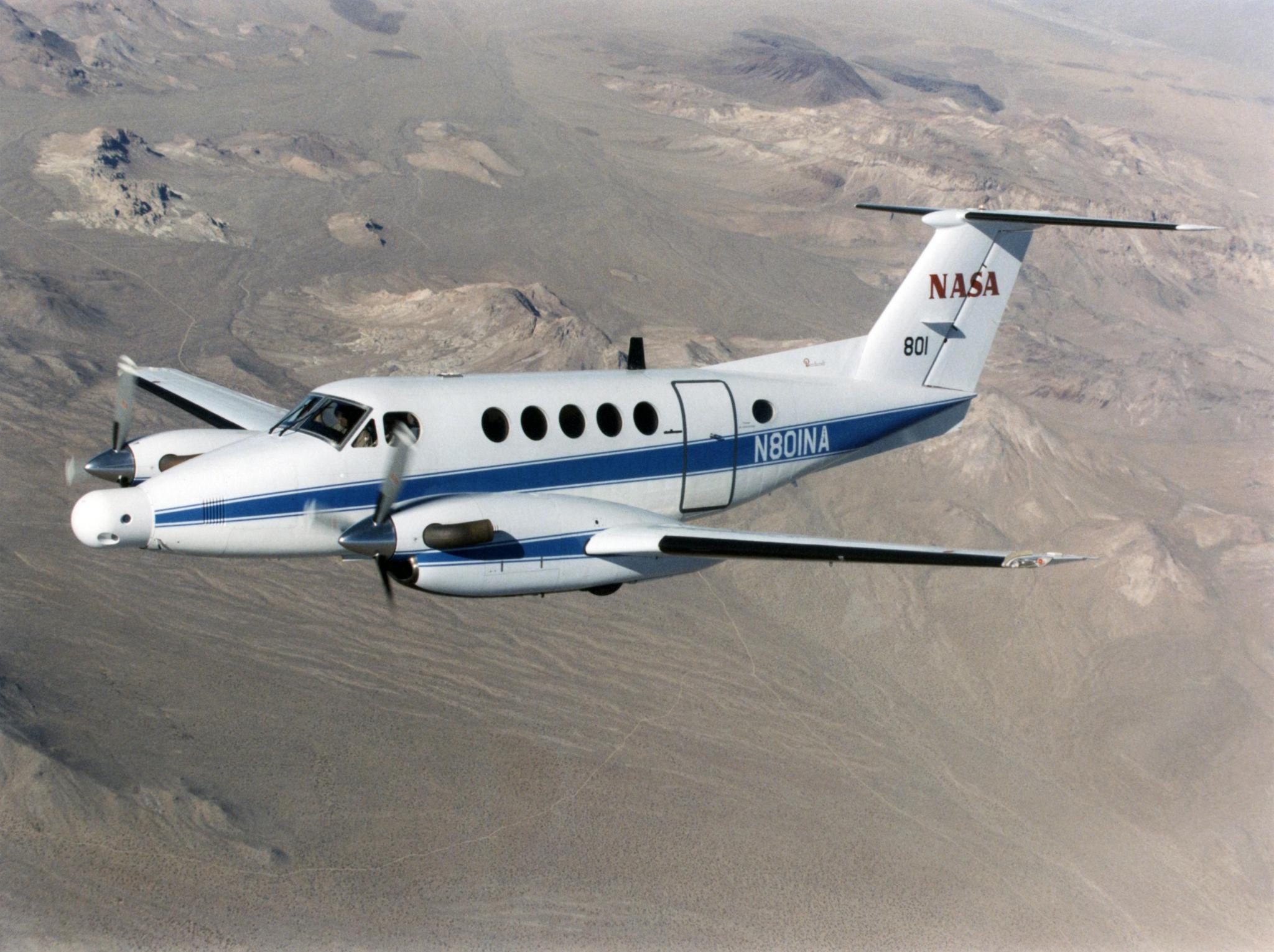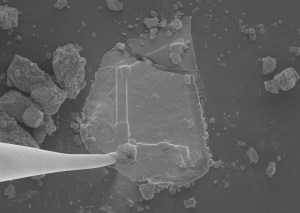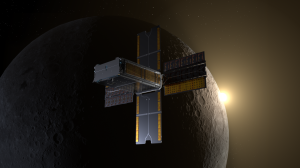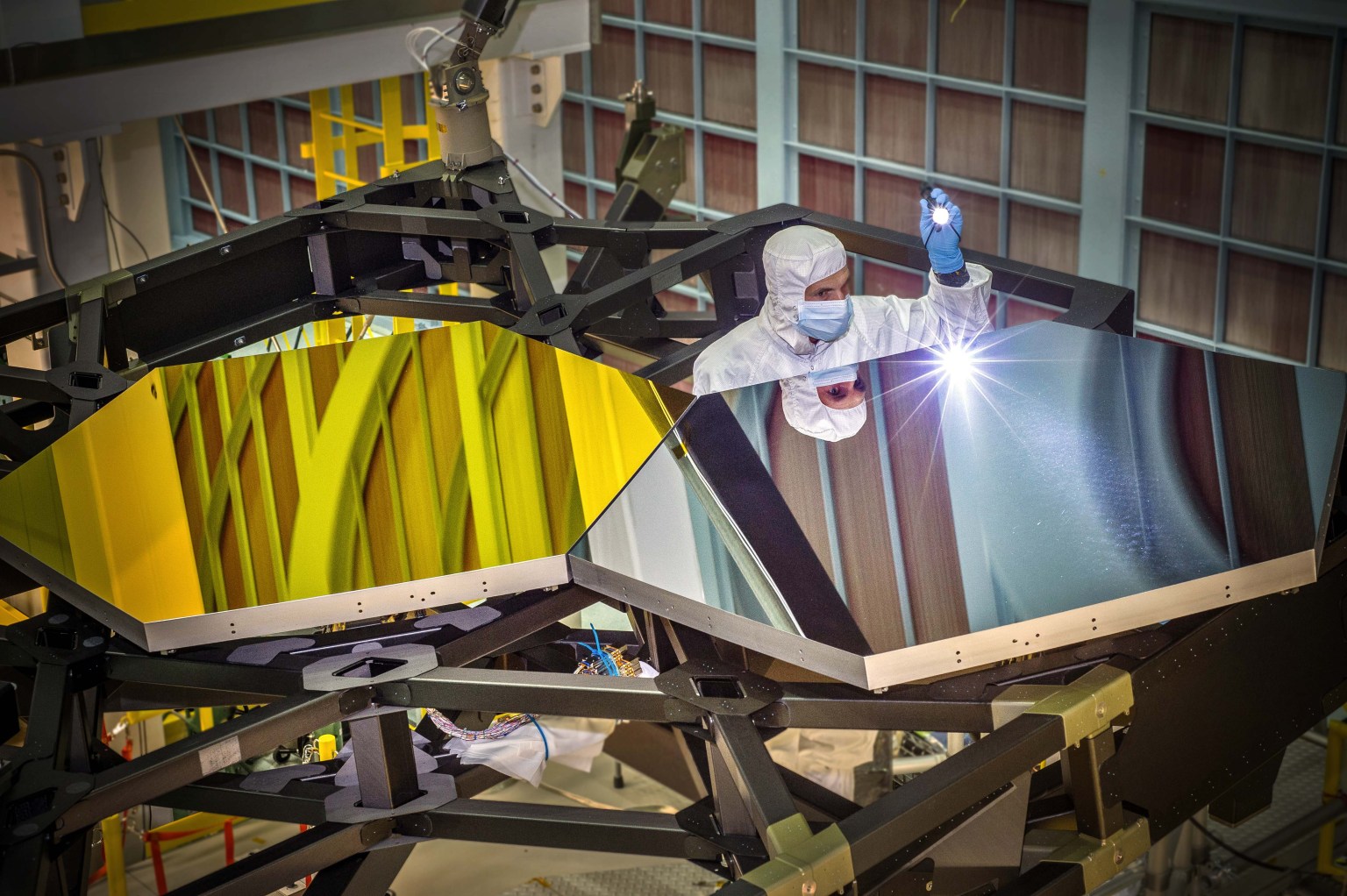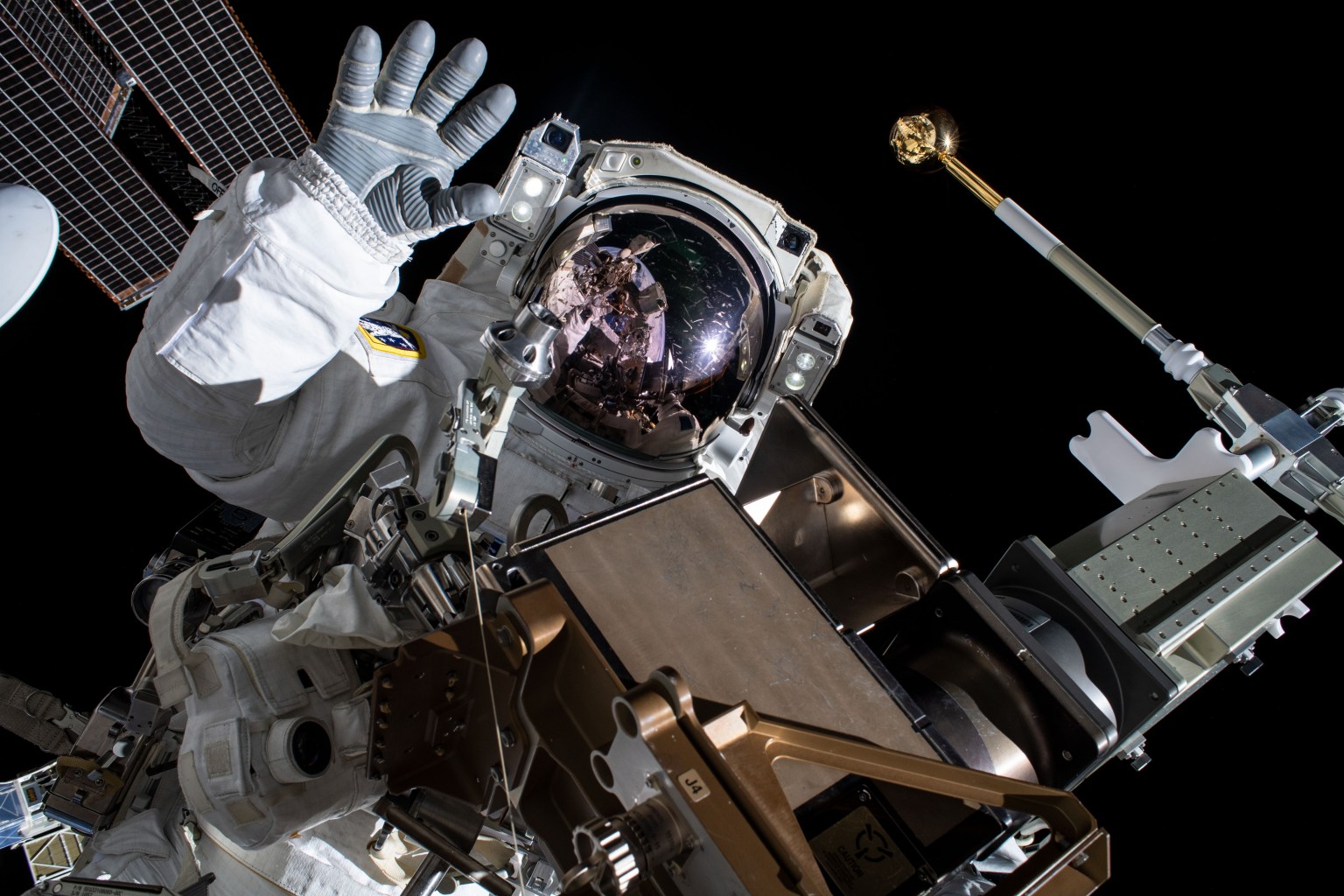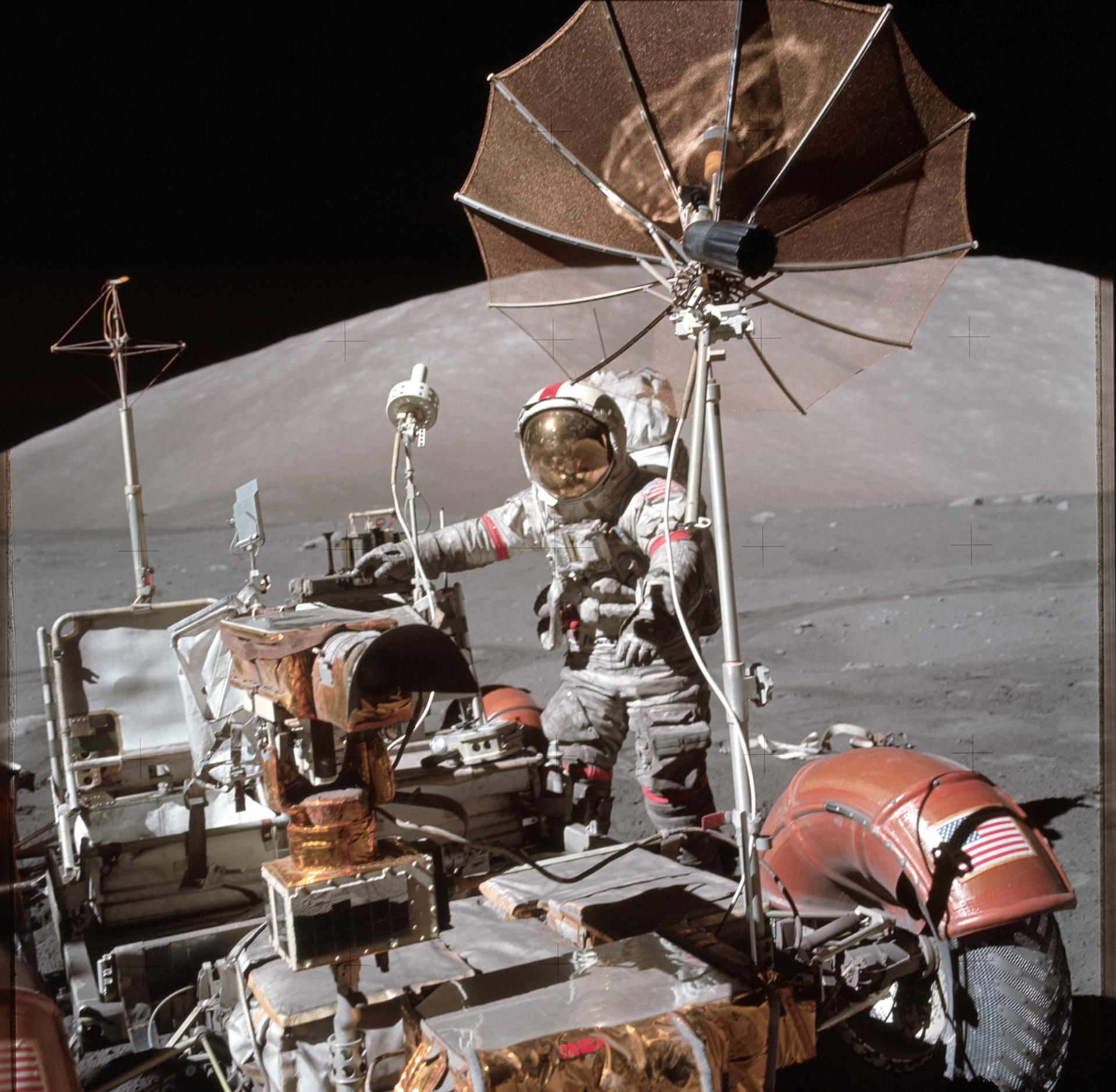Overview
Characteristics
Capabilities
F/A-18 (N846, N867, N868)
The F/A-18 research aircraft are used in support of the aviation, space, and science communities. These assets are key to improving the confidence level of space-based programs for the ascent, in-flight, and descent phases through the atmosphere. F/A-18’s also provide safety and photo chase during research missions and pilot proficiency while research aircraft are under modification. The F/A-18 can fly for extended periods, so low-cost, quick-schedule tests can be conducted back-to-back, making small changes between each one to compare the results. Should there be an in-flight anomaly, the pilot can turn the experiment off and fly the airplane back to base.
F-15D (N884, N897)
The F-15D Eagle aircraft are used at Armstrong for flight test support and pilot proficiency. The F-15D’s have a two-seat cockpit and are normally used for photo or video support. They transmit live video from the air back to Armstrong so engineers can visually monitor the mission as it is being flown. This feature greatly enhances flight safety. Chase pilots are in constant radio contact with research pilots and serve as an “extra set of eyes” to help maintain total flight safety during specific tests and maneuvers. Chase aircraft also are used as camera platforms for research missions that must be photographed or videotaped. Aeronautical engineers use photos, motion pictures, and videotape extensively to monitor and verify various aspects of research projects.
G-III (N808)
NASA Armstrong Flight Research Center operates a Gulfstream G-III aircraft, NASA tail number 808, as an aerodynamics research test bed. NASA is leading the push to validate technologies that have matured through foundational research to a point that merits evaluation at the systems level – including flight test at NASA Armstrong. The goal is to explore environmentally friendly aircraft concepts for the future.
T-34C (N865)
The T-34C is a low-speed (sustained flight below 100 knots) chase aircraft capable of supporting photo and safety chase requirements of low-speed test articles, including UAV’s that must have safety chase to operate in certain parts of the National Airspace. It also accommodates a secondary crewmember for video support. This cost-effective, companion trainer with avionics and instrument flight capabilities is adequate for maintaining general pilot proficiency.
B200 King Air (N801)
The B200 King Air is a multi-engine companion proficiency trainer aircraft. Its avionics, airframe complexity, and flight characteristics are consistent with Armstrong’s medium to large science, research, and test aircraft that often spend extended periods of time in modification and ground testing. This cost-effective platform can carry a variety of internal, rack-mounted experiments or other simple external modifications in support of airborne research and data collection requirements.


























